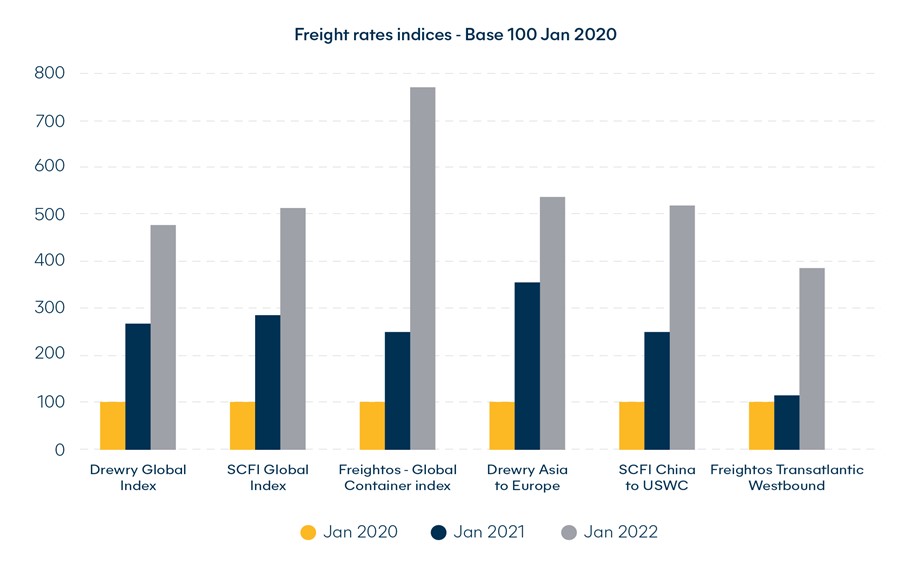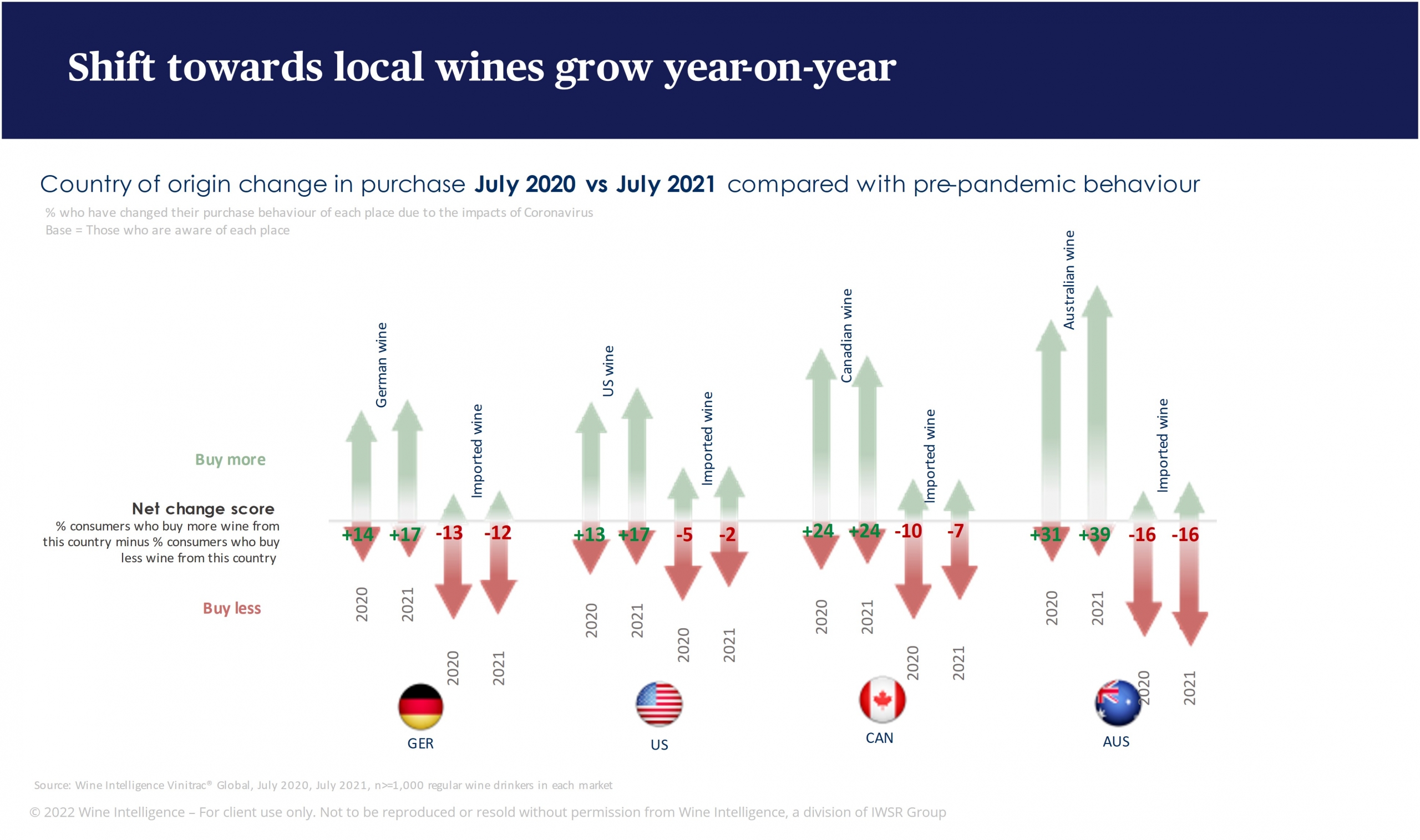Business as usual is no longer. For the global wine sector, the uncertainty of the 2020s is in stark contrast to the relative stability of the preceding three decades, which saw a rising tide of global wine trade on the back of reducing tariffs and transport costs. Global wine is now facing a greater set of challenges in 2022 than it did during the immediate impacts of Covid in 2020 and 2021.
Yes, the ‘constraint’ impacts during 2020 and 2021 did negatively impact global wine sales. Across 20 key global wine markets, the volume of wine sold was down -9.2% during the first 6 months (H1) of 2020 compared with pre-pandemic levels in H1 of 2019. Whilst the first 6 months of 2021 saw a bounce back for wine, the volume of wine sold (across key markets) remained down -4.9% compared with the pre-pandemic levels in 2019, according to IWSR.
As is well documented, this decline was primarily driven by consumer constraints – with both mandated and voluntary restrictions to channel access, travel, social occasions and workplaces.
However, 2022 is bringing greater disruption to the global wine landscape, delivering both threats and opportunities for wine businesses. Currently we are in an era of disruption and acceleration – at a level we haven’t seen in recent decades.
The ‘perfect storm’ of inflation (particularly of energy, agricultural inputs and packaging costs), reduced access to input goods, labour shortages, currency volatility and supply chain disruptions is taking hold. Couple this with increasing trade and therefore tariff ‘wars’ alongside political instability and sanctions, and the world of wine is looking very different right now.
Take any one of these factors alone and there would be a significant impact to wine. Looking at shipping costs in the chart below for example, Hillebrand are showing the cost increases across the globe.
 Source: Hillebrand
Source: Hillebrand
For the past three decades, the global wine sector had been accustomed to trading in an environment that was relatively stable – from both a cost, freight and political point of view, enabling the wine industry to become a truly global trading operation, reaching consumers in multiple parts of the world via a range of channels. In fact, shifts, trends, and changes from a wine consumer behaviour point of view were relatively slow moving, enabling wine businesses to plan ahead with a certain level of predictability – essential given the typical minimum 5-year planting to harvest cycle for grapes.
In contrast to this global expansion, during 2020 and 2021 there has been a significant and accelerated shift towards localism by consumers in many markets, and this trend looks set to continue. This trend in consumer sentiment is not exclusive to wine – as we have been more local focused, unable or unwilling to travel and feeling unsettled, our natural instinct as humans has been to move to the tried, trusted and local, and this is also the case in wine.
Given this ‘perfect storm’ of threats and disruption, where are the opportunities for wine businesses?
Successful wine businesses in 2022 will be those that develop a ruthless and pragmatic approach to their supply chains, product portfolios and market focus. Shorter supply chains will benefit over longer supply chains, as will domestic and local markets. Costs that look unnecessary will be jettisoned; innovations with weak business cases or high launch costs will be killed. However this pragmatic and ruthless attitude may not result in fewer export markets – in fact, businesses with a broader sweep of export markets may benefit from a portfolio effect which hedges their exposure if one of those markets suddenly deteriorates because of tariffs, economic crises or war.
There is also evidence from wine consumers that brands making sudden moves – abandoning known markets for unknown ones – may not be useful at this stage. The evidence from wine consumers suggests that known, tried, trusted wine brands will increasingly be what they are looking for. The more known and trusted, the more likely the brand will continue to be purchased as inflation feeds into rising prices, forcing consumers to seek out more value. So, whilst innovation – particularly in sustainable and no/low wines – are likely to support top line revenue growth in the medium to long term, the primary driver of wine business success will come from managing costs, distribution, and ‘safe’ brands.
You may also be interested in reading:


Leave a Reply
Want to join the discussion?Feel free to contribute!